Agronomic Insights
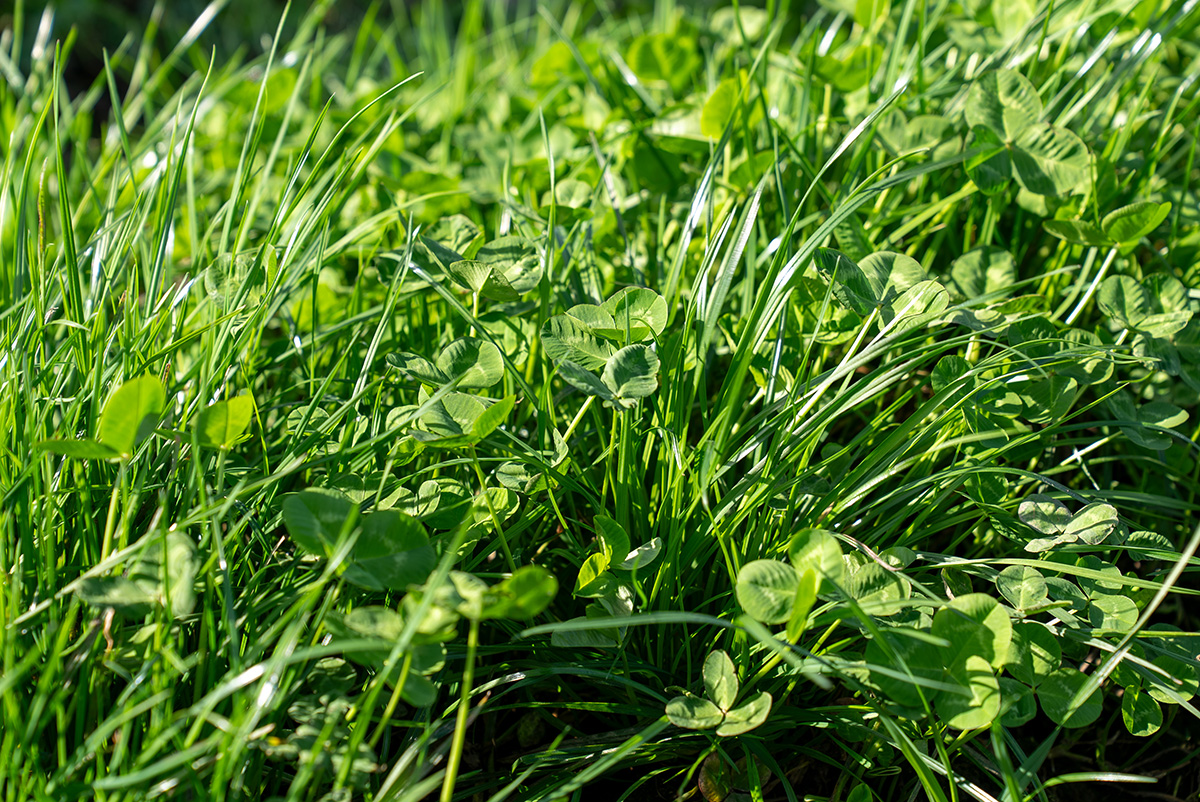
Lee Menhenett – IPF Technical Agronomist
Zinc (Zn) is an important micronutrient in plant, animal and human nutrition. It can occur on a wide range of soil types varying from acid sands to alkaline clay soils.
Whilst soil testing can measure available zinc levels, leaf tissue testing provides a more detailed analysis of what’s available within the plant itself and can be taken up by the plant. Diagnosing plant deficiencies on visual symptoms only can be difficult. Therefore, a sound soil testing program, and importantly for trace elements like zinc, coupled with specific plant species leaf tissue sampling, is critical to determine nutrient sufficiency.
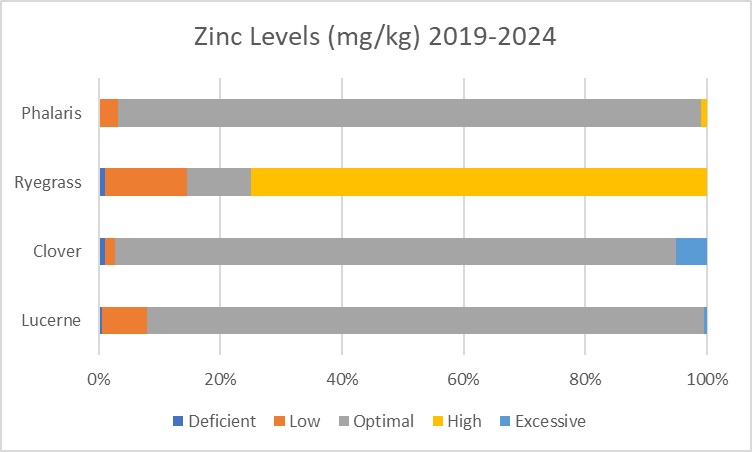
Figure 1: Zinc levels from temperate pasture tissue samples received by the Nutrient Advantage Laboratory between 2019 and 2024.
Bringing zinc levels back into balance can be done in several ways – by single application of the element itself, or by mixing with other liquid or coated fertilisers. Zinc application rates are 1-2 kg Zn/ha and can be applied as little as once every 5-10 years. Regular leaf tissue sampling is the best monitoring tool.
As with copper deficiency, zinc is one of the “sleeper” deficiencies in Australian crops that can have negative impact on plant growth and animal health. Regular leaf tissue testing at this time of the season can provide significant insights and improvement opportunities for your crops.
For personalised advice on zinc management and leaf tissue testing, contact your local IPF agronomist.
Regular testing and targeted nutrient applications are essential steps toward ensuring the long-term health and productivity of your clover pastures.
Further information
For further information, please contact Lee Menhenett at lee.menhenett@incitecpivot.com.au or 0412 565 176.
DISCLAIMER
This is a guide only, which we hope you find useful as a general tool. While IPF has taken all reasonable care in the preparation of this guide, it should not be relied on as a substitute for tailored professional advice and IPF accepts no liability in connection with this guide. Incitec Pivot Fertilisers manufactures and sources fertilisers from other suppliers. The fertiliser supply chain extends beyond the company’s direct control, both overseas and within Australia. Incitec Pivot Fertilisers hereby expressly disclaims liability to any person, property or thing in respect of any of the consequences of anything done or omitted to be done by any person in reliance, whether wholly or in part, upon the whole or any part of the contents of this article.
You might also be interested in these
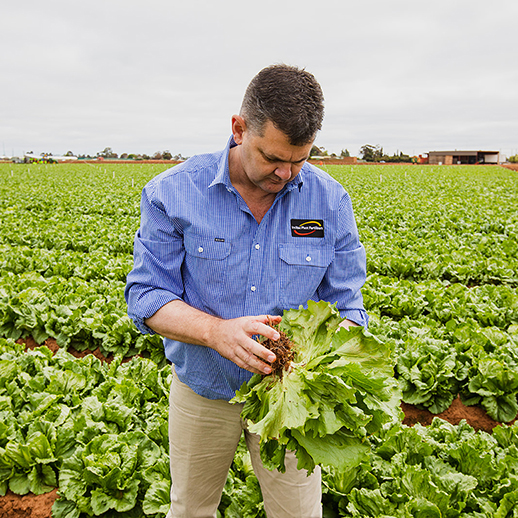
Horticulture, Sugar, Summer Crop
eNpower – more than just a nitrogen advantage
July / 2024
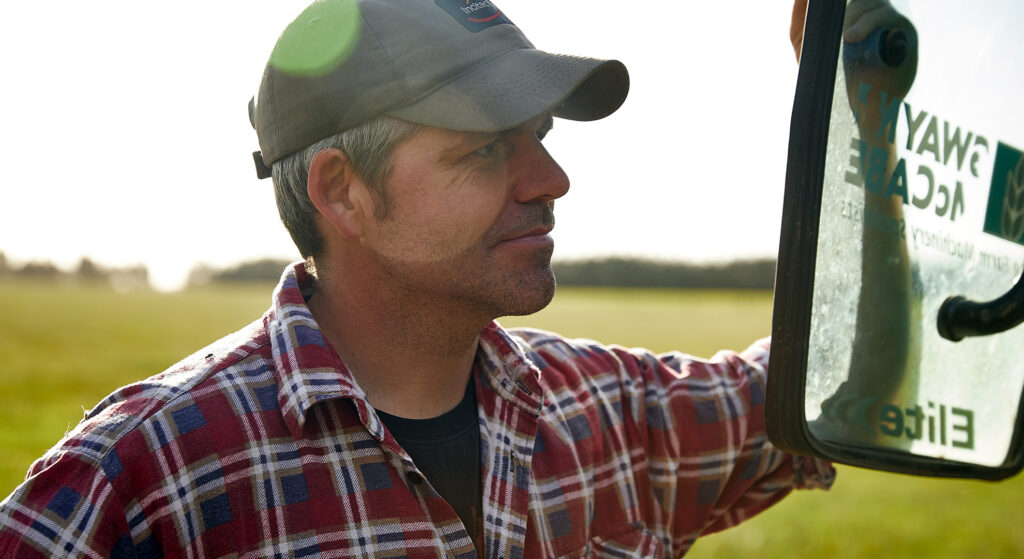
Pasture
When was the last application of Moly to your pastures?
February / 2023
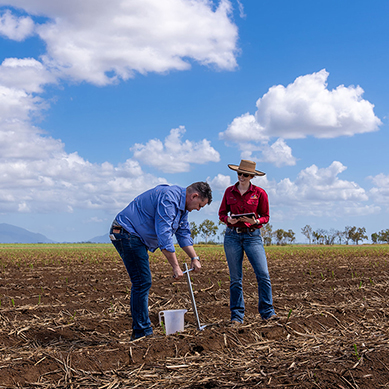
Horticulture, Pasture, Sugar, Summer Crop, Winter Crop
Spot on soil sampling
February / 2024
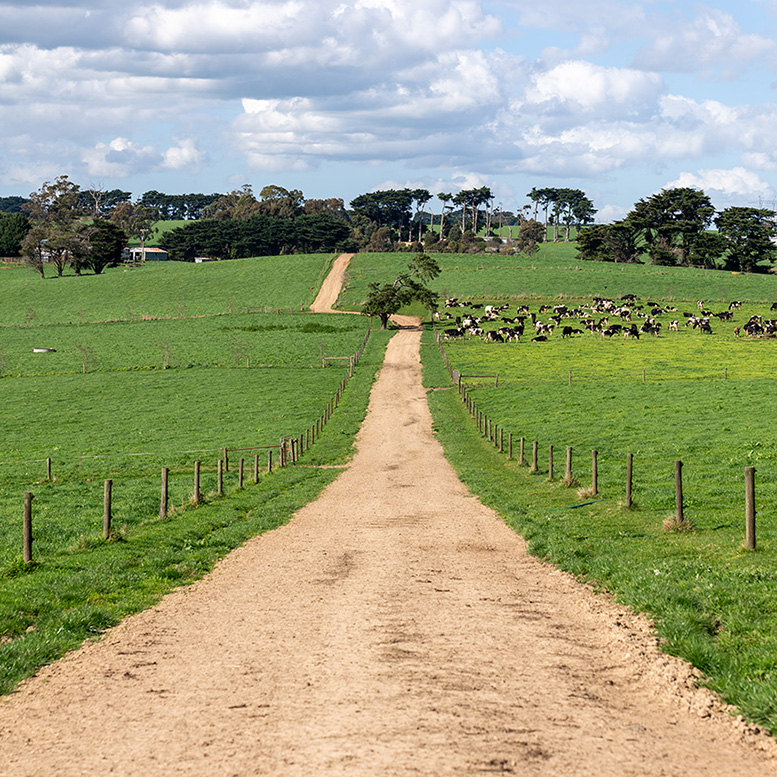
Pasture
Soil tests get K levels right
October / 2024

